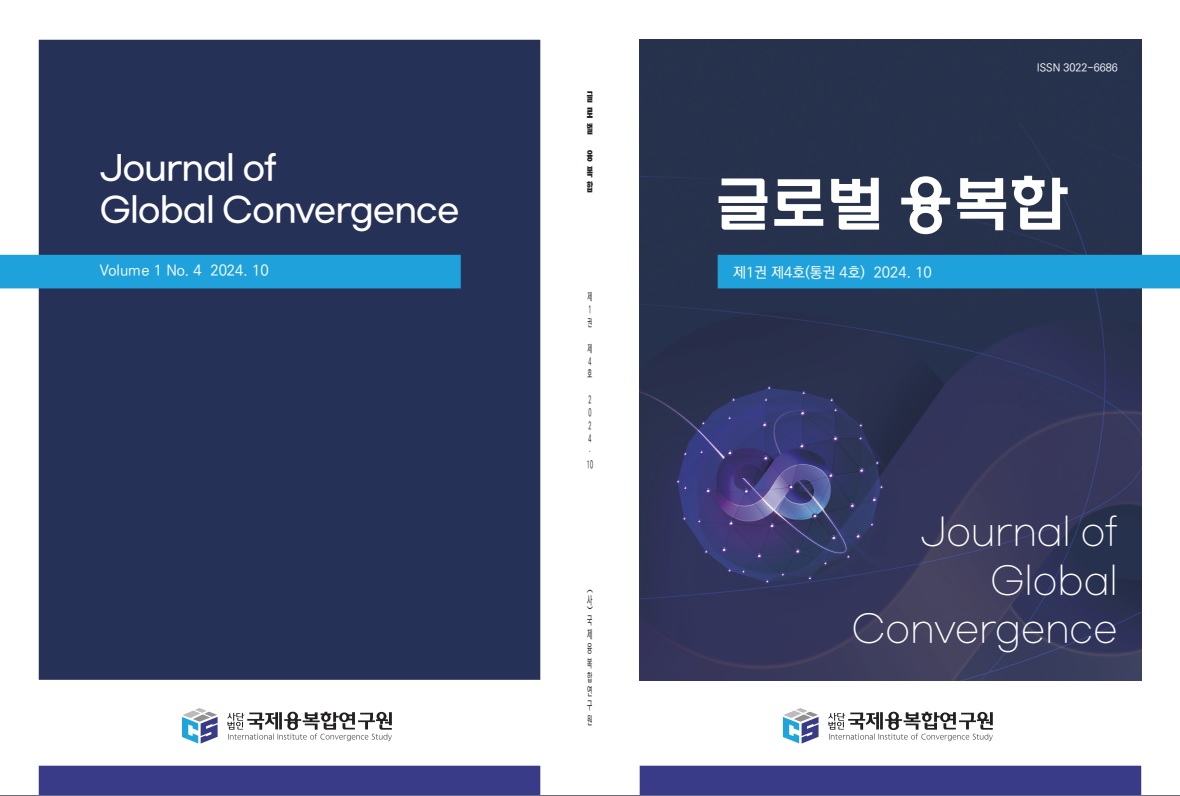해군의 인력 획득 다변화와 유지 전략 연구: 복무 환경 특수성을 중심으로
A Study on the Diversification of Naval Personnel Acquisition and Retention Strategies: Focusing on the Specificity of Service Environment
저자
김무천
Moo-Chun Kim
Moo-Chun Kim
수록페이지
p.245-255 (11pages)
조회수
123
다운로드
2
- 창간연도
- 2024년 1월
- ISSN
- (Print)3022-6686 , (Online)3022-6651
- 수록권호
- 제2권 2호 (통권 6호)
- 발행일
- 2025.04
- 수록논문
- 30 articles
- 유형
- 학술저널
- 주제
- 사회과학, 자연과학, 예술체육학, 복합학
- 발행기간
- 2024.01 ~ 2025.04
- 발행주기
- 연 4회(계간)
- 총 권호 수
- 5 volumes
- 총 논문 수
- 74 articles
키워드
초록
This study aims to analyze the personnel acquisition challenges faced by the Republic of Korea Navy in the increasingly sophisticated maritime security environment and to explore potential solutions. Recently, the Navy has been facing serious personnel issues, including a decreased acquisition rate of non-commissioned officers (62% in 2023) and an increase in officers leaving naval service after ship duty. This research compares personnel acquisition cases from other domestic military branches and foreign navies, proposing diversified acquisition pathways tailored to the Navy’s needs. Specifically, it explores concrete alternatives such as expanding the specialized officer system, implementing lateral entry for mid-career experts, and modernizing selection and evaluation systems. Additionally, this study presents personnel retention strategies reflecting the unique naval service environment, including enhancement of professional development during service, self-development support, and improvement of service conditions. This integrated approach will contribute to securing the human foundation necessary for the Navy to perform its missions in the future maritime security environment.참고문헌 (0)
- 이전논문저출산・고령화 시대 예비군 자원 확보를 위한 고령 예비인력 활용 방안 연구 A Study on Utilizing Elderly Reserve Personnel to Secure Reserve Forces in the Era of Low Fertility and Aging Population
- 다음논문도심 환경 국가 중요시설 방호를 위한 민・관・군 협력 기반 대드론 시스템 운용 절차 및 교전규칙 개발에 관한 연구 Development of Civil-Government-Military Collaborative Counter-UAS Operation Procedures and Rules of Engagement for Protecting Critical National Facilities in Urban Environments
 (사)국제융복합연구원
(사)국제융복합연구원